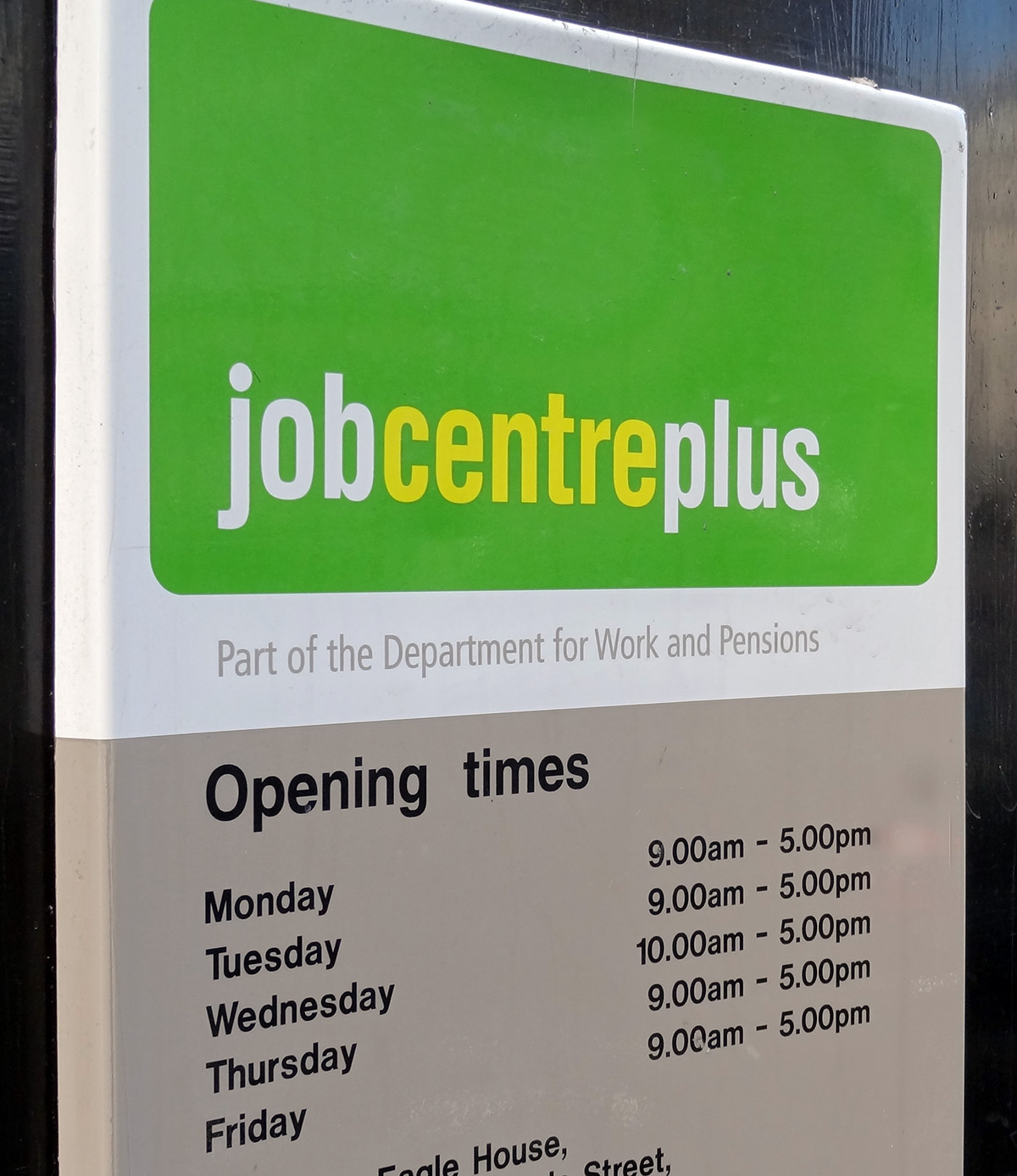 Disagreements are hardly an uncommon occurrence during Prime Minister’s Questions and today the key issue up for debate was UK unemployment. Figures released show that in the 3 months to November 2011, UK unemployment rose to 2.685 million – an increase of 118,000. The ONS said that unemployment now stands at 8.4% – the highest figure in well over a decade.
Disagreements are hardly an uncommon occurrence during Prime Minister’s Questions and today the key issue up for debate was UK unemployment. Figures released show that in the 3 months to November 2011, UK unemployment rose to 2.685 million – an increase of 118,000. The ONS said that unemployment now stands at 8.4% – the highest figure in well over a decade.
However, the increase in unemployment is not as high as it was in the 3 months previous to that, which is possibly an indication that the labour market is slowly beginning to recover and the government’s labour market policies are starting to take effect. The government claimed that cuts in the public sector will be compensated by growth in private sector jobs, but the evidence from the ONS did little to back this up.
The labour market is crucial for the recovery of the UK. Jobs mean income and income means consumer spending. If the job market remains uncertain and more people enter unemployment, consumer spending is likely to remain weak for some time. Chris Williamson, the chief economist at Markit:
The increase in unemployment, plus job security worries and low pay growth for those in work, means consumer spending may remain very subdued this year, despite lower inflation alleviating the squeeze on real incomes that caused so much distress to households in 2011.
One area of specific criticism leveled at the Coalition was the extent of youth unemployment, which reached 22.3%. Ed Miliband said the government had cut ‘too far and too fast’ and that it will be remembered for standing aside and doing nothing ‘as thousands of people find themselves unemployed’. The figures are clearly concerning, but the Coalition maintains that policies designed to tackle the labour market are beginning to take effect and over the coming months, the economy will begin to see a decline in the unemployment rate. The following articles look at the unemployment crisis.
Articles
UK unemployment rises to 2.8m Guardian, Heather Stewart (18/1/12)
Leaders clash in commons over jobless rise BBC News (18/1/12)
UK jobless rate hits new 17-year high Financial Times, Brian Groom (18/1/12)
Unemployment rise: reaction The Telegraph, Louise Peacock (18/1/12)
Unemployment total rises by 19000 The Press Association (18/1/12)
Politicians give cautious welcome as quarterly unemployment falls by 1000 in Wales WalesOnline, Claire Miller (18/1/12) Employment Minister: unemployment is too high The Telegraph (18/1/12)
Employment Minister: unemployment is too high The Telegraph (18/1/12) Chris Grayling: ‘Unemployment figures are complex’ BBC News (18/1/12)
Chris Grayling: ‘Unemployment figures are complex’ BBC News (18/1/12)
Data
Unemployment in graphics BBC News (18/1/12)
Data Tables: Labour Market Statistics Excel Spreadsheets ONS January 2012
Questions
- What type of unemployment is being referred to in the above articles?
- Explain the mechanism by which a recession will lead to higher unemployment.
- Using a diagram to help your explanation, analyse the impact of a fall in aggregate demand on the equilibrium unemployment rate and wage rate. What happens to unemployment if wages are sticky downwards?
- What can explain such different stories of unemployment between Scotland, England and Wales?
- What policies have the Coalition implemented to tackle the rising problem of unemployment? On what factors will their effectiveness depend?
- Why is the UK’s job market so important for the future economic recovery of the UK?